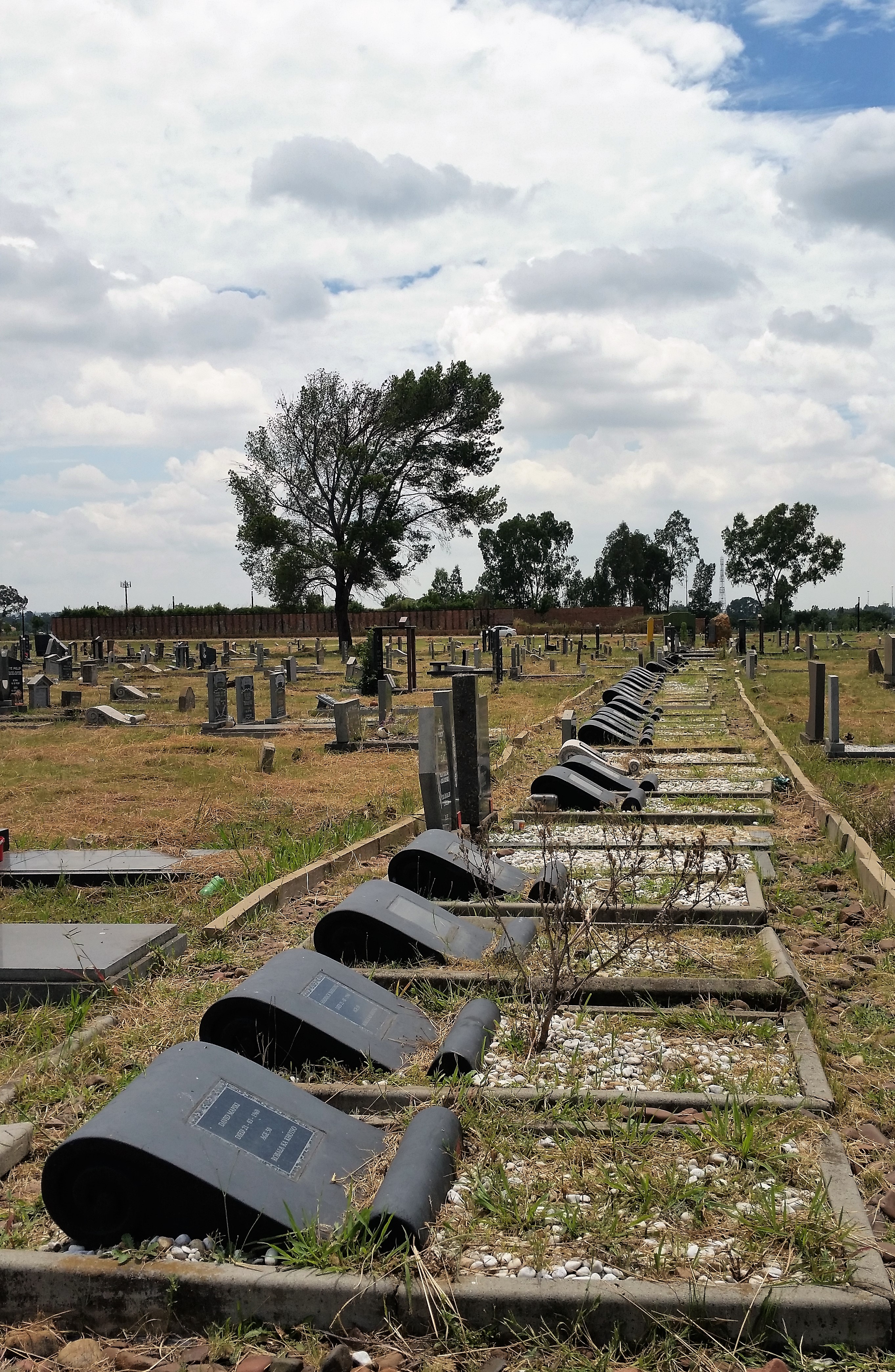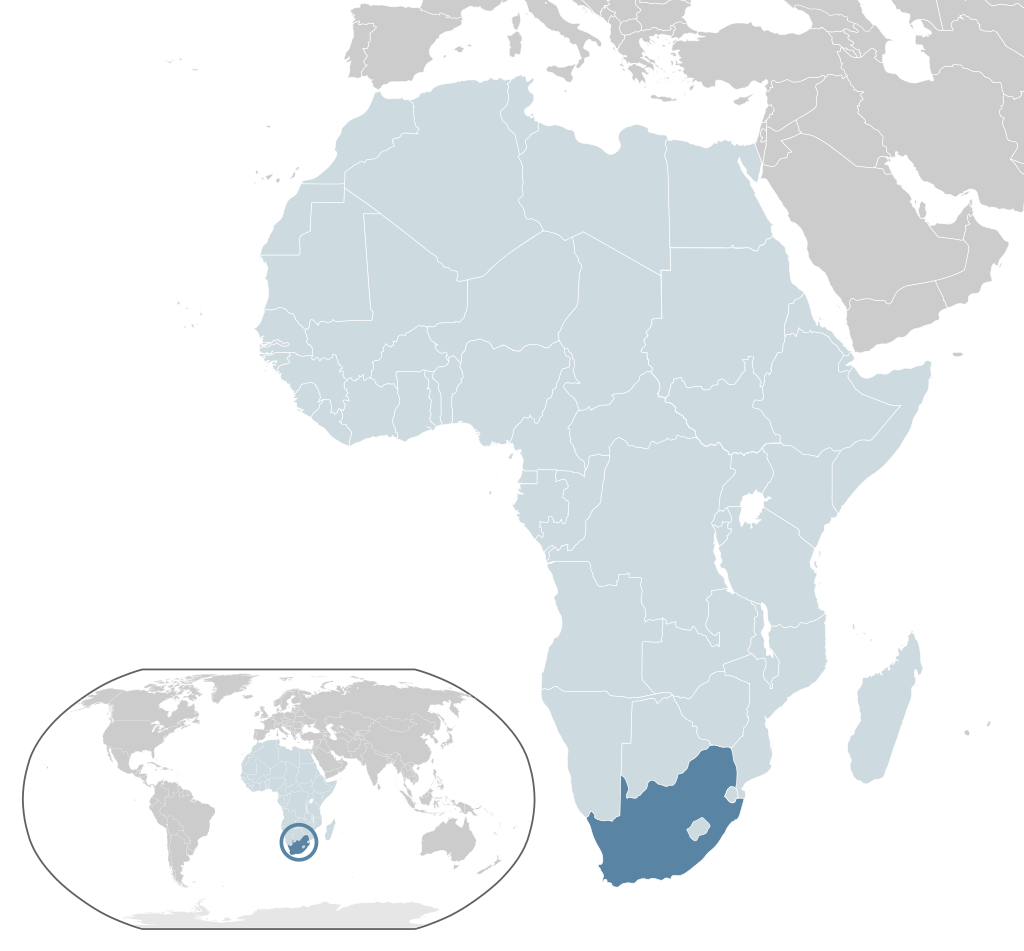The Resistance Against Apartheid

Graves of people who were killed during the Sharpeville Massacre. (Creative Commons photo. Attribution to author and info can be found here)
Resistance to this system started immediately after the decision to implement it, using strikes, boycotts and other non-violent civil disobedience movements. Like most other areas of Africa, when those didn’t work the leadership moved on to violence, but the government responded to this violence in brutal fashion every time it happened.
The turning point would come when a peaceful protest was met with extreme violence by the government in what has become known as the Sharpeville Massacre (1960). In this incident black South Africans were protesting the pass laws by converging on a police station and offering themselves up to be taken to jail. So they were breaking the laws on purpose as a means of protest in very similar ways to what Dr. Martin Luther King Jr. did in the United States at the same time. The way this helps is that the police wouldn’t have the room to jail the 5-7,000 people in the crowd, so it showed the power of the people over that of the government. The police in the station were worried about this movement since there had been 9 officers killed in the previous 2 months, so the situation was extremely tense. The police outside of the station were trying to keep the crowd back and opened fire on the crowd despite no order being given to shoot. They would claim that the crowd was throwing rocks at them, but the protestors claimed this never happened. When the shooting was over sixty nine people were dead, including 8 women and 10 children, and another 186 had been injured on the scene in a variety of different ways. Despite the fact that the police claimed they opened fire due to rocks, the vast majority of those who were shot were shot in the back while running away.
The negative reaction to this was not relegated to only South Africa; this caused protests all over the world and a strong condemnation by the UN. Within South Africa they started a “stay-away from work” protest to try to shut down the country. The government responded by declaring a state of emergency and threw 18,000 protestors in jail without trial. The African National Congress (ANC) had no choice but to endorse violence after seeing what nonviolence would accomplish against this government. Acts of sabotage on valuable areas of the country was their first reaction, but the violence would increase as time went on.
It was during this movement that a young leader emerged among the people. Rolihlahla “Nelson” Mandela was born in to an important family show had
descended from Kings in Thembu, but was too distant of a relative to be a serious contender for any serious leadership position among the tribe. His name Rolihlahla actually meant ‘troublemaker’ but as a child he was often referred to as Madiba, which was the honorary title that was given to him by the elders of his clan. The election of 1948, where Apartheid was started, would cause him to move away from his job as a lawyer and toward a role as an activist. He was extremely impressed by the actions of Gandhi while he was in South Africa (more on that later), so he was a big proponent of nonviolence in the early days of this movement. His involvement with the ANC would cause him to be arrested for treason pretty early on, but his legal skills led he and the 150 other people who were charged with him to be dropped.
In an interesting turn of events, the guy who was inspired by non-violence became the leader of the armed, violent wing of the ANC after the Sharpeville Massacre. To him this was a last resort, but he felt strongly that they now had no other options. As leader of the “Spear of the Nation” group, Mandela coordinated sabotage acts on the government and made plans for a full out guerrilla war in the coming years. He did spend a good deal of time making sure that no one was hurt in the bombings, hoping that spreading fear among the people was enough. When this didn’t work either, the movement moved toward guerrilla war highlighted by bombings in which civilians became casualties. This turn of events led the international community to view Mandela as a terrorist. He was condemned by many in the international community and was actually blocked from entry into the US at one point for these ties.
Mandela was eventually caught and arrested for made up crimes in 1962 in a sting that was partially coordinated by the CIA and was sentenced to 5 years in prison. While there he was caught up in a larger trial against the ANC called the Riconia Trial in which the entire ANC was charged with sabotage and treason. The group would admit to sabotage, but take offense to the charges of treason. Mandela was chosen to speak due to his training as a lawyer and made a brilliant defense of their actions in which he tied the actions of the government, like sharpsville, into the actions of his group. Despite Mandela, the entire group was found guilty and sentenced to life in prison (1964) in a decision that is still seen as highly controversial. The international community was very much against Mandela and the ANC at this time, but still condemned the trial for violations of basic law principles. Mandela would serve 27 years in prison doing manual labor mainly on Robben Island, which has become very famous in South Africa.

The location of South Africa. (Public Domain photo. Info can be found here)
